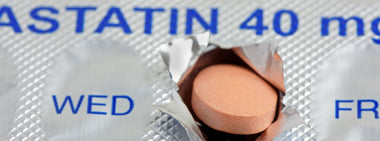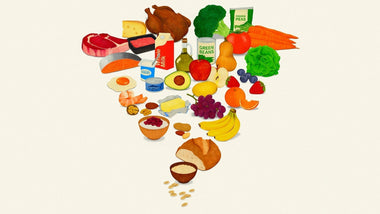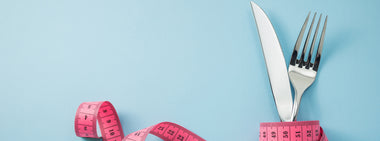How to Raise Your High Density Lipoprotein Cholesterol Levels (HDL)
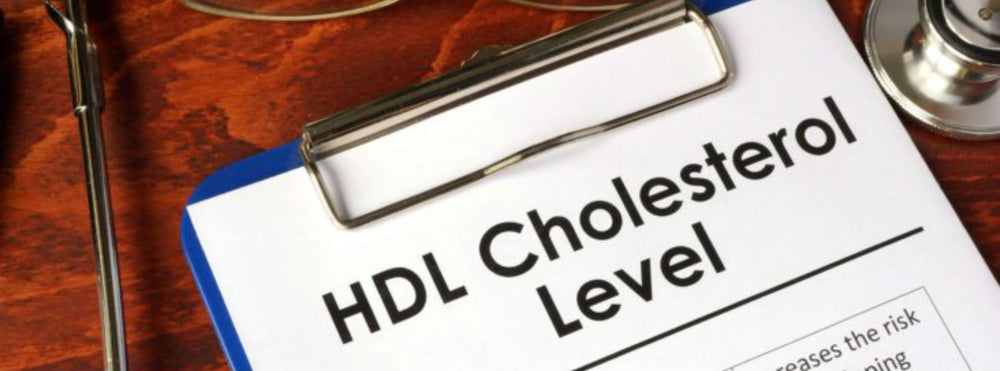
HDL, high density lipoprotein, is the good cholesterol. This is the particle that's moving cholesterol out of your body - so it's the Happy cholesterol and you want to keep it High.
But it turns out there’s not much good news about it: Approximately 1 out of every 4 Americans has an HDL number below 40 mg/dL. From a previous blog you might recall that an HDL above 40 mg/dL is acceptable for men and a value above 50 mg/dL is acceptable for women. But the higher the better.
An HDL value exceeding 67 mg/dL in women and 53 mg/dL in men is considered a “negative risk factor”, meaning it’s like having a bit of an insurance policy against atherosclerosis. Low baseline HDL numbers, especially if values fall below 35 for men or 45 for women are a potent risk factor for developing early or more aggressive heart disease.
Compared to other cholesterol particles, HDL levels are often more difficult to budge, but changes CAN be made.
Exercise
Exercise raises HDL levels. One of the best ways to try and raise your HDL, regardless of where you’re starting from, is to participate in regular physical activity. Both aerobic (cardio) and strengthening (weight training) forms of exercise improve HDL levels, though aerobic exercise tends to be more potent in this regard. To make up for eight hours of sitting (which is very much the norm for most Americans) you need to get at least 1 hour of aerobic activity every day - which is far more than the 150 minutes per week recommended by the government. If one hour of aerobic physical activity per day seems daunting right now, don't give up. Even small increases in exercise can yield proportional HDL improvements.
A healthy diet
A healthy diet helps raise HDL cholesterol. We are back to a nutrition plan that supports healthy longevity – whole food plant based and brimming with healthy fats (those omega-3 fatty acids found in nuts, seeds and oily fish - and Step One Foods!). Avoiding simple, processed carbohydrates (like white bread, white rice, cakes, cookies and most boxed cereals) and avoiding trans fats (hydrogenated and partially hydrogenated oils) can also have a big impact on HDL levels.
Weight loss
Weight loss, if required, tends to improve HDL readings. Excess weight causes insulin resistance meaning you need more insulin to store circulating blood sugar. Insulin is a storage hormone and shifts our body into storage mode – that means increased LDL (the storage form of cholesterol) and lower HDL (the elimination form).
Quitting smoking
Quitting smoking can have a significant positive impact on HDL levels. As if you needed another reason to quit!
Managing stress
Managing stress can help raise HDL. When we are stressed, our bodies release cortisol which blunts insulin sensitivity. And, just like for weight gain, lower insulin sensitivity leads to higher LDL and lower HDL levels.
Alcohol
Alcohol consumption raises HDL. However, given that alcohol is a double edged sword, I NEVER advise patients who don't drink to start consuming alcohol, even if their HDL levels are low. For those who do drink, MODERATE consumption (defined as 1-2 drinks/day for men, 1 drink/day for women) may have beneficial effects on HDL while being relatively safe from a general health perspective.
As far as which wine or alcohol product is best, there have been studies to suggest that ANY alcoholic beverage will do when equivalent in alcohol content to the moderate definition. But there’s a tremendous difference between drinking a piña colada and a glass of merlot. Even moderate alcohol consumption can lose any potential benefit if various additives and mixes come along for the ride. The extra calories and sugars that come with the piña colada will annihilate any benefits of the alcohol content.
There may be additional benefits from drinking wine specifically – especially if it is dry and if it is red. Dry wine is relatively low in sugar and red wine has a relatively high content of flavonoids (compounds with antioxidant properties).
Estrogen
Estrogen tends to raise HDL levels and once women go through menopause it's typical to see their HDLs fall. Women who undergo removal of BOTH ovaries (as part of a complete hysterectomy, for example) prior to natural menopause will experience the same cholesterol alterations. It’s why one of the biggest hopes for preventing heart disease in women had been hormonal supplementation following menopause. And when women were supplemented with estrogen, we indeed saw their HDL numbers go up. Unfortunately, modern medicine is not that good at replicating nature, and any benefits seen in cholesterol profiles were far outweighed by higher rates of blood clots and overall mortality. It’s for this reason that hormone supplementation cannot be viewed as an aid to preventing heart disease – and certainly not as a reasonable method to raise HDL levels. For women experiencing perimenopausal symptoms, hormonal supplementation appears to be safe so long as it is prescribed at the lowest effective dose and for the shortest possible period of time.
Testosterone
The corollary to the estrogen story is also important to keep in mind - testosterone tends to lower HDL. As testosterone supplementation has come into vogue, I've seen many men who have ended up with very low HDL levels. The data on whether testosterone supplementation affects heart disease risk is mixed, but it's reasonable to rethink taking them if your HDL falls through the floor.
So – to raise your HDL - eat right, exercise daily, attain/maintain a normal weight, manage your stress better, quit smoking and, if appropriate for you, consume moderate amounts of alcohol.
Despite all these efforts you might not see much of a change in your HDL number. A couple of things to keep in mind. First, HDL changes tend to be small (a 5 point increase is considered a big deal). Second, even small differences in HDL translate into big benefits. A 1 mg/dL increase in HDL translates into a 2-3% decrease in cardiovascular risk.
And remember that healthy longevity is dependent on much more than just one cholesterol number. So even if you see little to no change in HDL levels, know that all the lifestyle changes you have made will support your broader efforts to live long well.
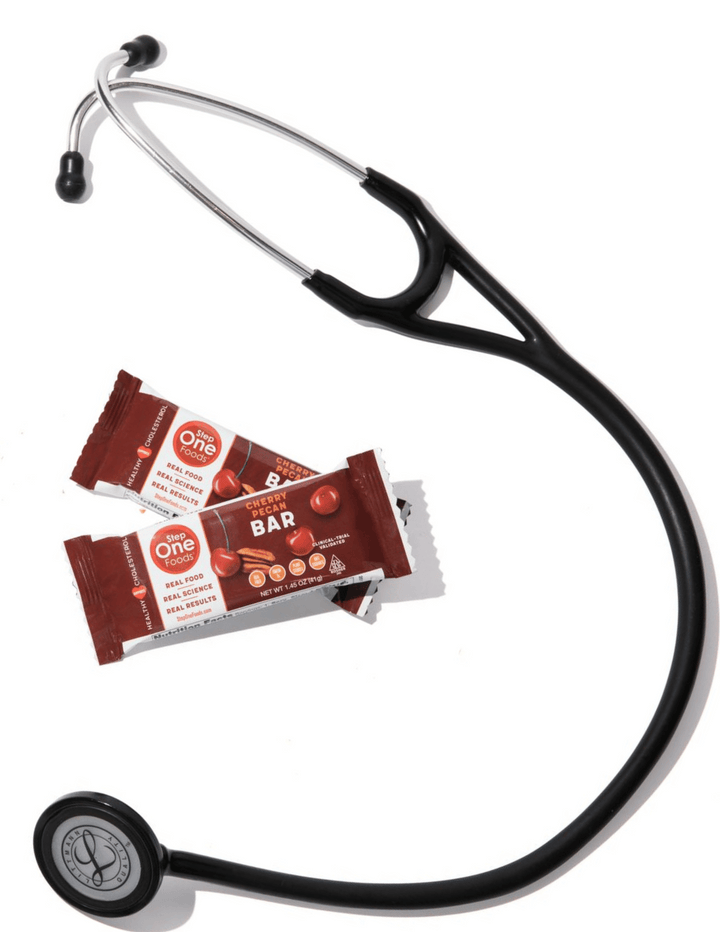
Tested & Proven Results.
- Cardiologist formulated
- Supported by over 500 publications
- Clinically-proven, in a double-blind randomized trial with Mayo Clinic and The University of Manitoba
80% of participants lowered their cholesterol in just 30 days. With just two servings per day, Step One Foods offers a proven-effective way to naturally lower LDL (bad) cholesterol.
Get heart health tips and articles like this, delivered right to your email.
New articles every week.
You may also like...

Why Most New Year’s Resolutions Fail - And How to Right-Size Yours
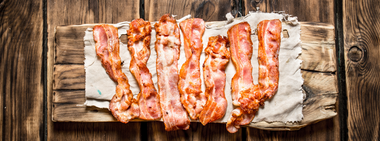
You don’t need to avoid foods with cholesterol…except for these
